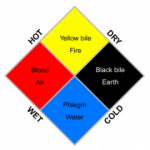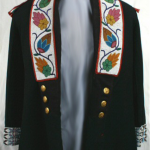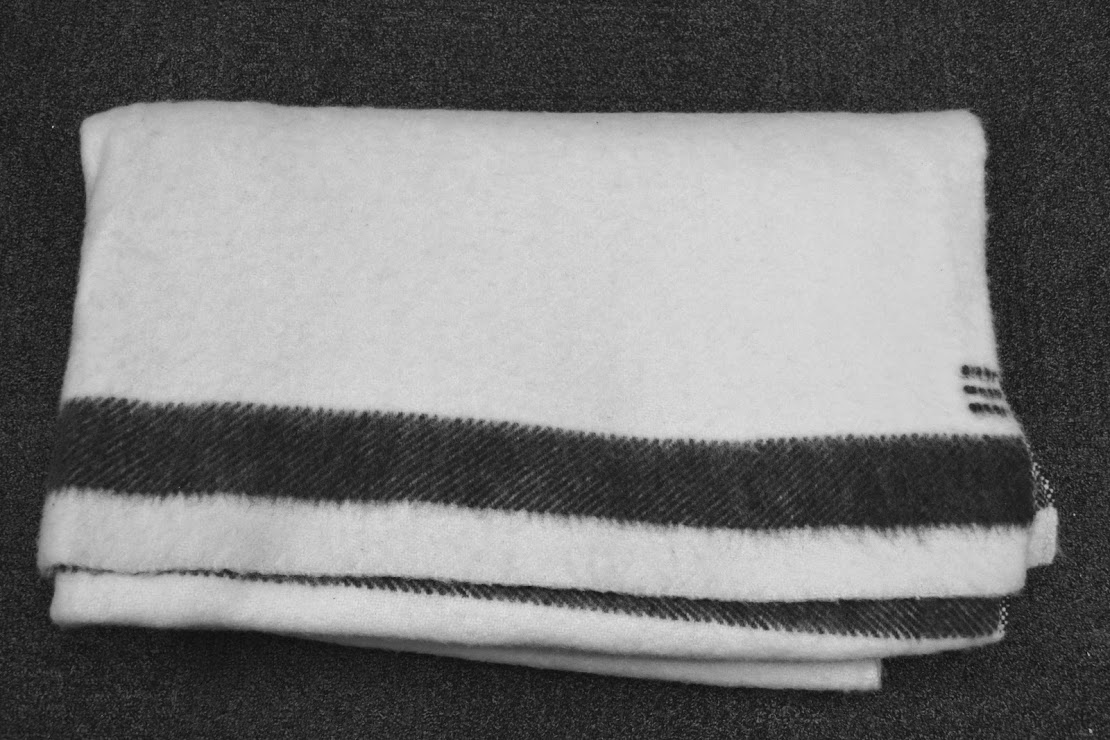
This blanket, ordinary though it may seem, tells the story of an important meeting of cultures that occurred in Wisconsin between 1634 and 1763. Not long after the explorer Jean Nicolet first set foot in Wisconsin, French traders saw an opportunity to make money by sending beaver furs back to Europe for use in stylish coats and hats. Instead of hunting the beavers themselves, these traders acquired the furs from the native people of Wisconsin who had experience collecting the pelts. And instead of paying money for the furs, the French offered to trade items such as metal pots, guns, axes, glass beads – and blankets. In this way, the period we now call “the fur trade” began. This is a trade blanket, crafted in Europe and traded to Native American hunters in this region in exchange for beaver pelts.
This blanket was made of wool, which native people in Wisconsin did not have access to (since there are no sheep native to Wisconsin). It is thick, and presses heavily against your body when you put it on – ideal for keeping warm on a freezing Wisconsin night (learn more details about the advantages of wool in this post.) The blanket is white as snow, with two big blue stripes going down either side, and two more stripes next to each other stretching down the middle of the wool. Alongside the middle stripes, there are three small blue bars, or “points,” dyed into the blanket, reaching down about three inches from the top. The “points” indicated the size of the blanket. The three points on this blanket mean this was a common middle-sized trade blanket. Many people think that these bars were a sort of “price tag” that showed native people how much a blanket cost – but this is not accurate.
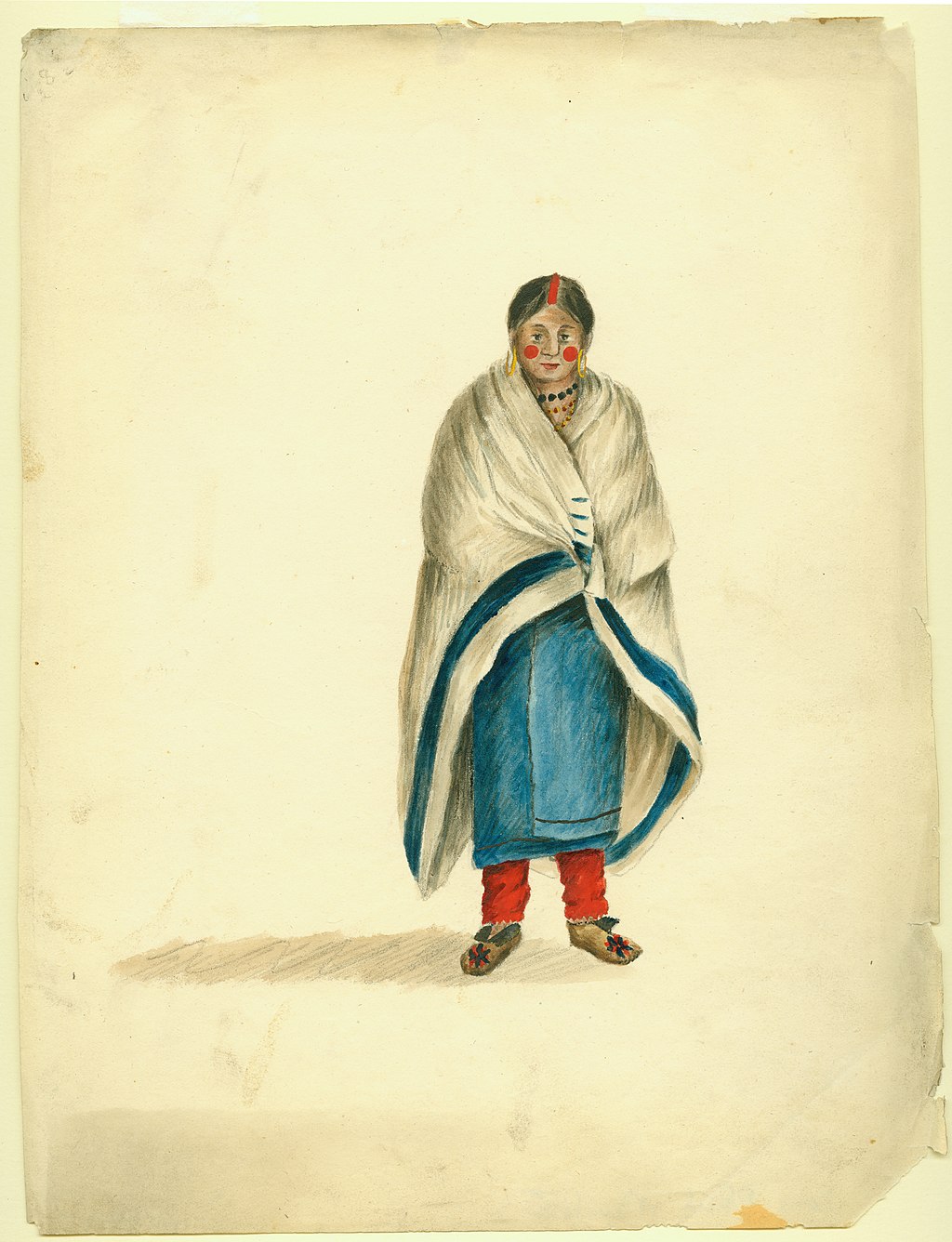
While the French and Indians were trading furs for blankets and other goods, they were also sharing things which couldn’t be bought – their cultures, traditions, and sometimes their lives. Some French traders married Indian women, and their children grew up with both European and Indian traditions, which contributed to a growing Métis culture. The history of Métis communities and culture in Wisconsin shows that while the French initially came to Wisconsin because of an opportunity for wealth, many ended up staying and calling the land their home. This meant a big change for the native tribes who had previously controlled all of Wisconsin’s land and resources. The Métis living between two worlds, helped their native communities communicate with European settlers and helped the Europeans to better understand and trade with Wisconsin’s tribes.
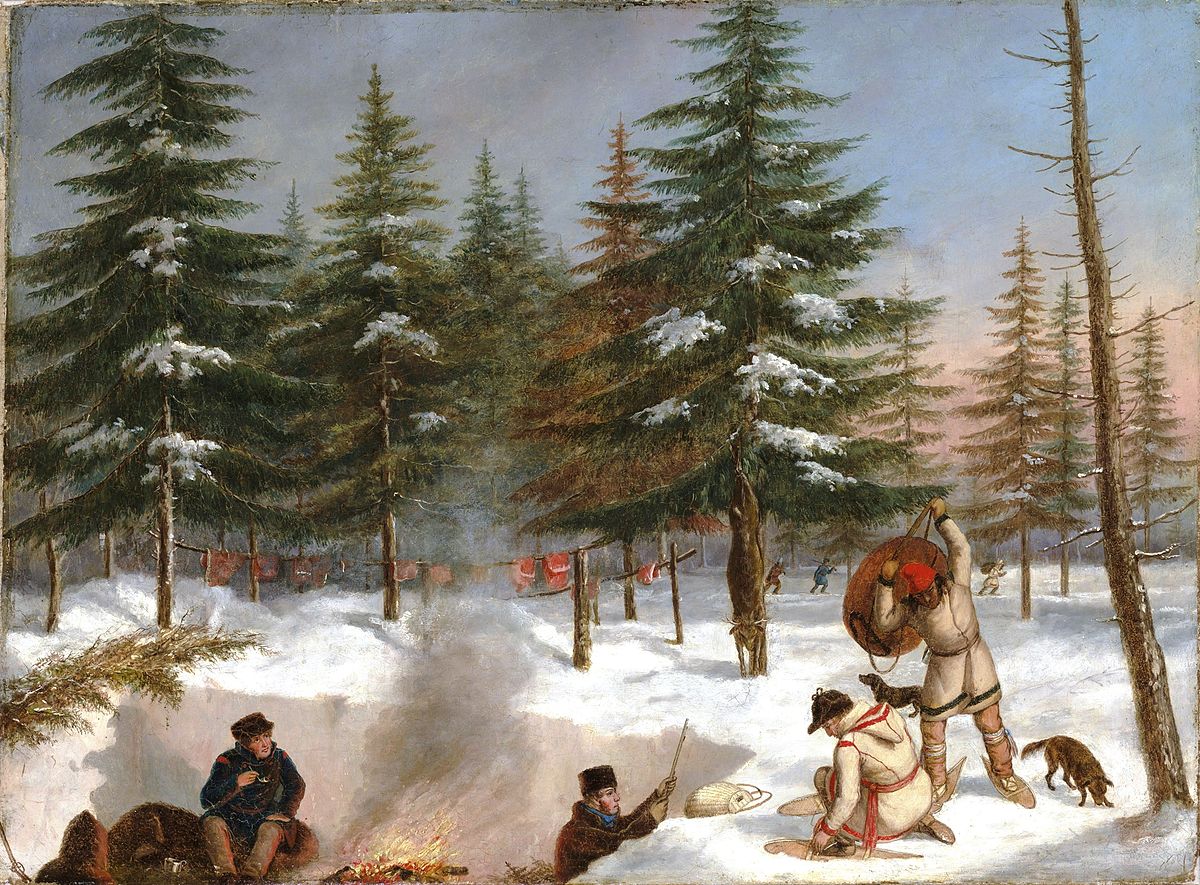
The British victory in the French and Indian War in 1763 brought an end to the French control of the fur trade. The British took charge of the business, but many French and Métis people stayed in Wisconsin and the Great Lakes region. For many who remained, it was the only home they had ever known. Sleeping under the same cozy wool trading blankets, French settlers, Wisconsin Indians, and families of mixed heritage all shaped Wisconsin’s history in these years of encounter, trade, and sharing.
This story is part of the Wisconsin Historical Museum Mini Tour
Written by Sam Gee, October 2018.

